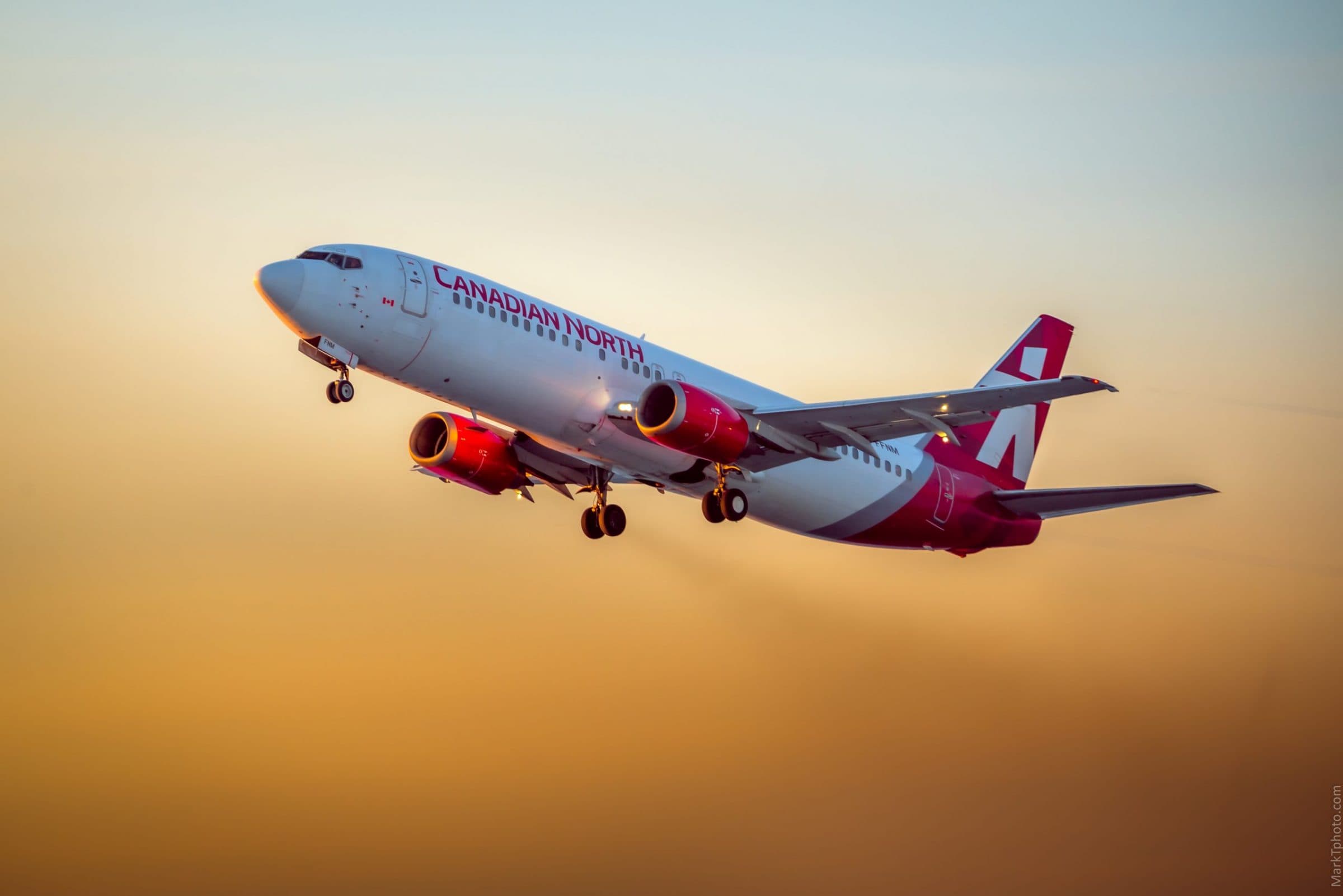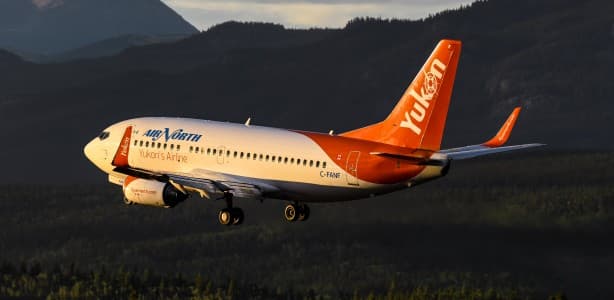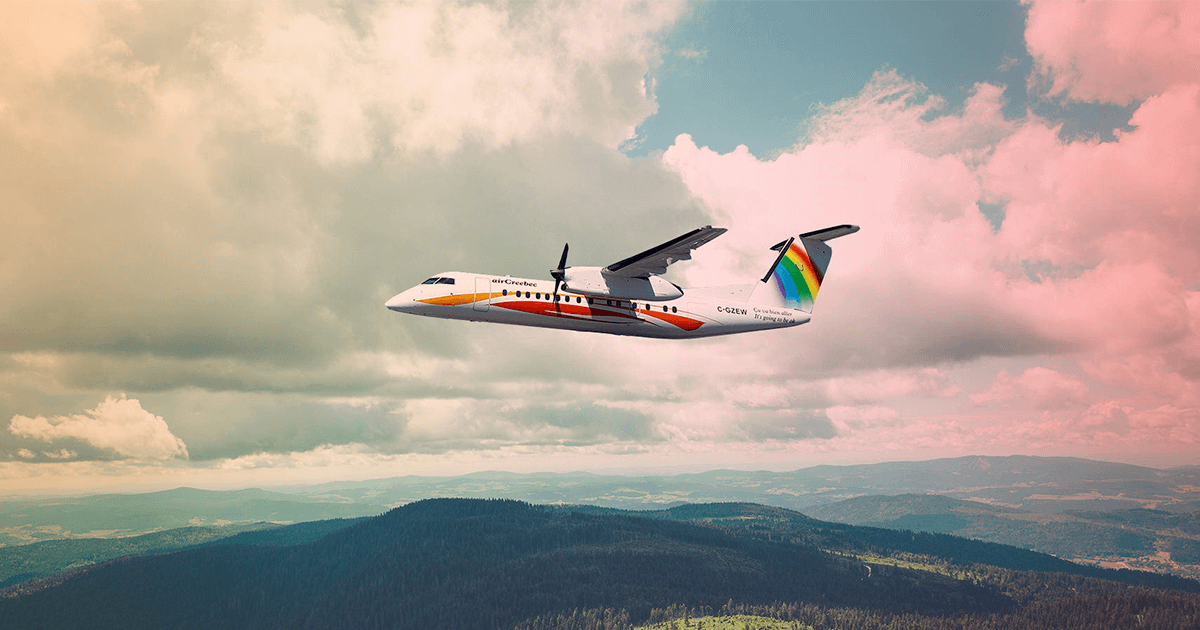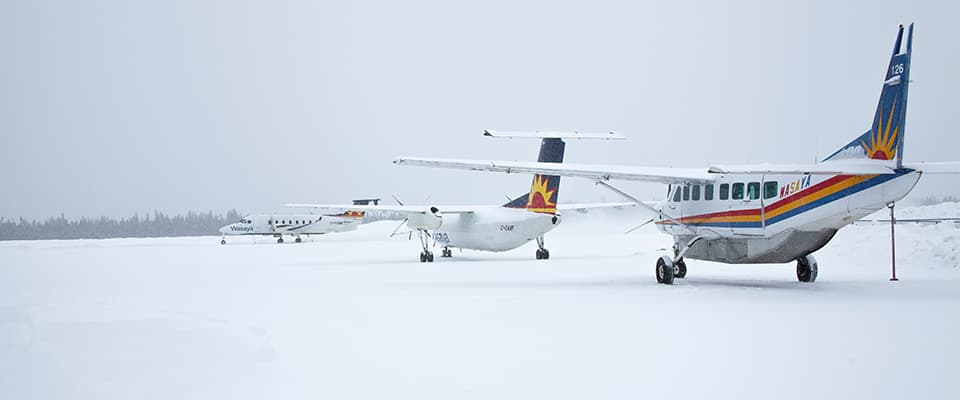Should Canada have an essential air service?
Many countries subsidise essential flights – here’s why Canada should as well.

Governments and airlines have, at best, a complicated relationship. In Europe and the US, however, both parties seem to agree on one thing: the need to offer essential air services.
Such arrangements take on slightly different names - many European countries support Public Service Obligations (PSOs), whilst the US maintains the Essential Air Service (EAS) - but the nature is similar: governments subsidise select routes that are unprofitable yet socially beneficial to operate.
Surprisingly, Canada lacks a similar system. Despite having 140 communities that depend on air for year-round transport - just 20% shy of the 174 such areas in the US - remote air services are largely maintained in good faith by commercial airlines.
The pandemic has exposed the flaws of this model; with lucrative international routes grounded, airlines like Air Canada are hard pressed to subsidise unprofitable links with remote communities.
Should Canada therefore formalise an essential air service?

Photo by tcsaviation
Put in other words, this asks whether the government should regularly subsidise otherwise unprofitable connections to remote communities. This framing helps our exploration by creating the following 3 questions:
- Should connections be maintained with remote communities?
- If so, should unprofitable connections be subsidised regularly?
- If so (to both), should air be the connection method?
The fact that we don’t have an essential air service reflects, among other things, a lack of consensus surrounding these 3 areas. We explored each question and unearthed several supporting reasons, perhaps forming the basis for a more comprehensive study in the future.
Question 1: Should connections be maintained with remote communities?

Photo by Air North
We examined this question from a financial and societal perspective, falling largely into a quantitative and qualitative demarcation.
Financial
There is consensus that remote communities themselves benefit financially from connectivity. Accessibility to larger hubs greatly increases access to external opportunity, whilst the rest of the country can reach isolated areas for purposes like tourism or business. Numerous studies have linked the presence of regional airports to greater economic growth in the surrounding community; one study found that every 1% increase in air traffic in EAS airports led to a 0.12% increase in income per capita.
On a national level, this connection results in various induced and catalytic benefits. For example, the ability to fly people and cargo to remote communities may benefit businesses in other sectors; in turn, demand for their products may have increased due to the increased spending power of individuals connected to air services.
The costs of maintaining such connections must be considered when answering this question; it shouldn’t drastically outweigh the financial upside. However, the direct costs can arguably outstrip the direct benefits slightly; the complex mechanisms that facilitate indirect economic growth and employment are difficult to quantify, and this connectivity creates immense upside for a developed economy like Canada.

Photo by Air Creebec
Societal responsibility
It’s simple - good governments maintain the welfare of their citizens, something that ideally involves upholding and facilitating the freedom of movement.
The history of Canada adds another dimension to this responsibility; virtually all 140 remote communities predominantly belong to First Nations, Aboriginal or Indigenous peoples. This demographic fact makes air service all the more salient; this is the only method to reliably access healthcare, employment, and other critical social services year-round.
“I am pleased to hear of Ontario’s recent announcement in partnership with the federal government to aid essential air travel to remote First Nations in northern Ontario. This commitment addresses inequities in services for First Nations and improve[s] their quality of life. Air transportation … is vital to the health and well being of our remote (citizens). We look to both levels of government to ensure these commitments will transcend beyond the COVID-19 pandemic and continue to provide future enhancements.” - Grand Chief Alvin Fiddler, Nishnawbe Aski Nation
Answer: yes, connection should be maintained.
Question 2: Should unprofitable connections be subsidised regularly?

Photo by Wasaya Airways
This is a question of whether the upside of regular subsidies - financial or otherwise - justifies the monetary cost.
The financial upside is difficult to ascertain during regular times, and the pandemic may have permanently altered this balance. Prior to COVID, many airlines internally subsidised access to remote communities using more lucrative trans/intercontinental routes - the same routes that are unlikely to recover soon.
The federal government has responded with $75m and a patchwork of bilateral provincial agreements to maintain essential air services for 6 months. The total cost, extrapolated over a year, easily exceeds $325m.
We conservatively expect an essential air service to cost approximately $125m per year, leading to annual savings of over $200m. This was loosely based on EAS costs in the US, due to more similar geography and program styles, using the following methodology:
- Daily seats were calculated based on population and aircraft types
- This was multiplied by an assumed $100 cost per round trip seat per day, then scaled up to a 12-month time frame

Data from the US Department of Transportation
The federal government won’t maintain COVID-level subsidies indefinitely, detracting from the $200m upside, but airlines will likely require some form of extended assistance.
The qualitative upside can’t be ignored either. A formal essential air service would support specific routes to isolated communities, eliminating blanket subsidies with limited oversight.
Why rely on the charity of commercial airlines to fulfill such a critical obligation? These routes are evidently quick to fizzle out during times of crisis like the pandemic, perversely the same times when connections are more critical. Air Canada alone severed 30 regional routes last year, 22 of which connect the Atlantic provinces and Quebec with major hubs and may never see service return.
Answer: yes, it makes sense from a societal (& likely financial) standpoint.
Question 3: Should air be the connection method?

Ice roads look cool, but they're also made of ice - Photo by NWT
Put simply, yes.
By definition, air is the only transport method physically capable of connecting these remote communities.
Barring the introduction of an unprecedented new technology, this is unlikely to change in the near future; the infrastructure required for maintaining year-round road or rail access is prohibitively expensive.
Conclusion
By this logic, essential air services should be formalised in Canada.
In reality, Questions 1 and 3 (the need to connect, and by air) are readily agreed upon; the financial aspect covered in Question 2 will largely influence the introduction of such a system.
The changes brought on by COVID have fundamentally altered the way we fly. Many estimates don’t see a full recovery in air travel demand before 2024, casting severe doubt on the ability of airlines to offer rural connections in Canada as per the previous status quo.
The Canadian government has a chance to rebuild a guaranteed service not seen since the days of heavy regulation. Any proposed solution should be sustainable, but finances are not the only variable within this situation - it’s also an idea of responsibility.
